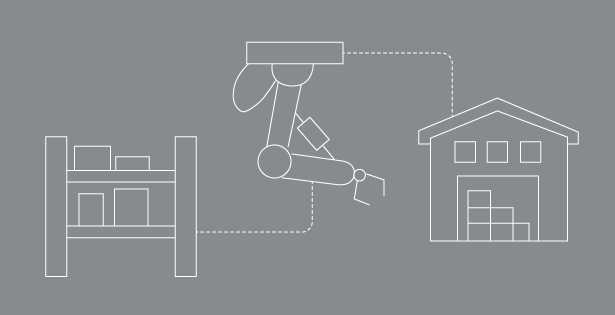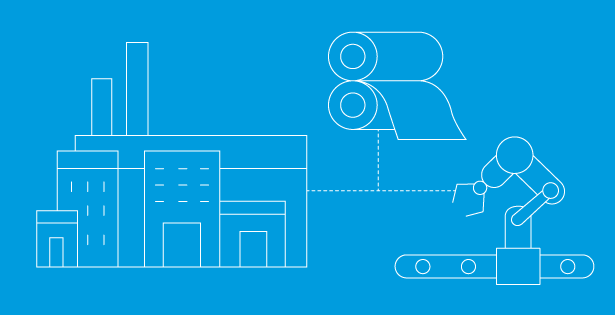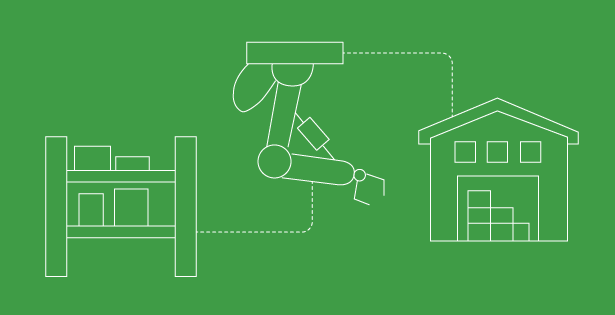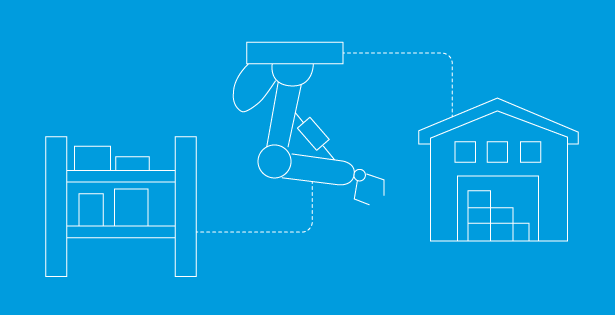In today’s manufacturing environment, minimizing downtime and maximizing efficiency are essential. Unplanned disruptions can be costly, which is why more organizations are turning to resilient manufacturing with Azure IoT to build scalable, reliable systems that keep operations running smoothly.
To address these challenges, manufacturers are increasingly turning to Microsoft Azure IoT. This platform offers real-time monitoring, predictive maintenance, and secure scalability across operations.

Why Azure IoT Matters in Manufacturing
Azure IoT is a cloud-based platform that connects devices and machinery, enabling real-time data collection, processing, and analysis. It transforms traditional factories into smart, connected ecosystems where machines, sensors, and systems communicate seamlessly.
For manufacturers, this connectivity translates to fewer disruptions, better resource management, and increased productivity. Predictive maintenance, enabled by Azure Machine Learning, further enhances performance by helping prevent costly breakdowns.
1. Enable Robust Device Connectivity
Reliable device-to-cloud communication is foundational for operational resilience. Azure IoT Hub facilitates secure, seamless connections between manufacturing equipment and the cloud. From assembly line sensors to industrial machines, Azure ensures data flows efficiently.
Azure IoT Edge enhances this further by bringing cloud intelligence to on-site devices, allowing for local data processing and lower latency—critical for time-sensitive decisions.
2. Unlock Real-Time Monitoring and Analytics
With Azure Monitor and Azure Stream Analytics, manufacturers can track performance metrics such as equipment utilization, energy use, and product quality in real time. These insights help identify inefficiencies before they escalate into production issues.
By analyzing live equipment data, manufacturers can make proactive adjustments, ensuring continuous improvement and reduced downtime.
3. Implement Predictive Maintenance
Predictive maintenance with Azure IoT allows manufacturers to anticipate and address equipment issues before they occur. Azure’s analytics and machine learning tools evaluate both real-time and historical data to predict maintenance needs.
This proactive approach reduces unplanned downtime, extends equipment lifespan, and enhances overall reliability—especially valuable in 24/7 manufacturing environments.
4. Scale Seamlessly with Confidence
As demand grows, Azure IoT supports smooth, secure expansion. Its scalable infrastructure makes it easy to onboard new devices, extend production lines, or replicate systems across facilities.
Tools like Azure Digital Twins allow manufacturers to model and simulate changes in a virtual environment before applying them in real-world production, ensuring a seamless scaling experience.
5. Prioritize End-to-End System Security
With greater connectivity comes increased cybersecurity risk. Azure IoT addresses this with end-to-end security features like Azure Security Center for IoT, which continuously monitors for threats and vulnerabilities.
Secure communication protocols, device authentication, and role-based access controls help ensure that your data and operations remain protected.
Key Benefits for Manufacturers
-
Increased Efficiency: Automation and data-driven decisions reduce manual work and optimize resource use.
-
Reduced Downtime: Real-time monitoring and predictive maintenance help avoid costly delays.
-
Scalable Infrastructure: Azure adapts to growing production needs without sacrificing performance.
-
Smarter Decision-Making: Real-time data empowers better inventory, staffing, and maintenance strategies.
Conclusion
Resilient manufacturing with Azure IoT enables manufacturers to build systems that are scalable, intelligent, and secure. From predictive maintenance to digital twins, Azure IoT provides the tools modern manufacturers need to stay competitive and grow.
Ready to transform your operations? Contact us today for a demo or consultation and discover how Azure IoT can help your business scale smarter.

 RSMUS.com
RSMUS.com




